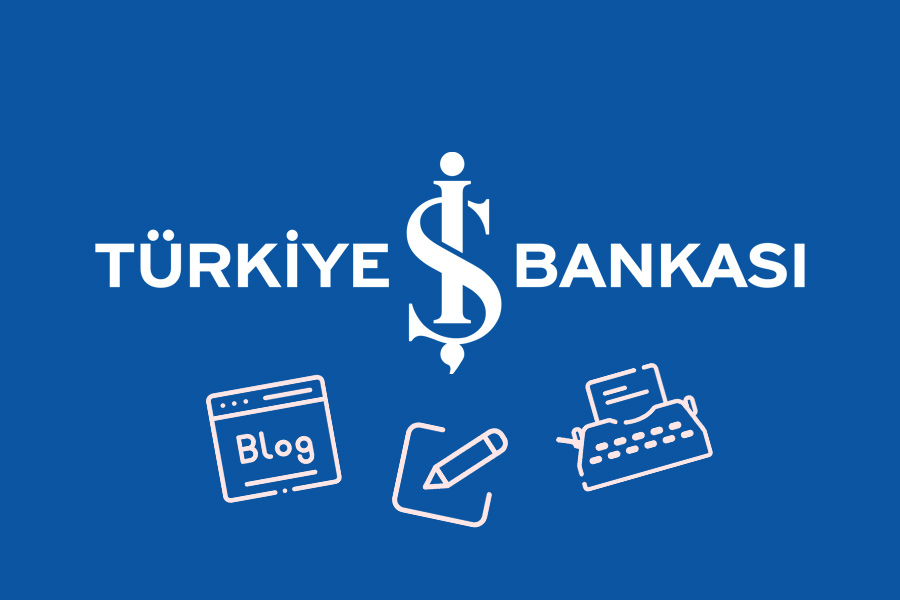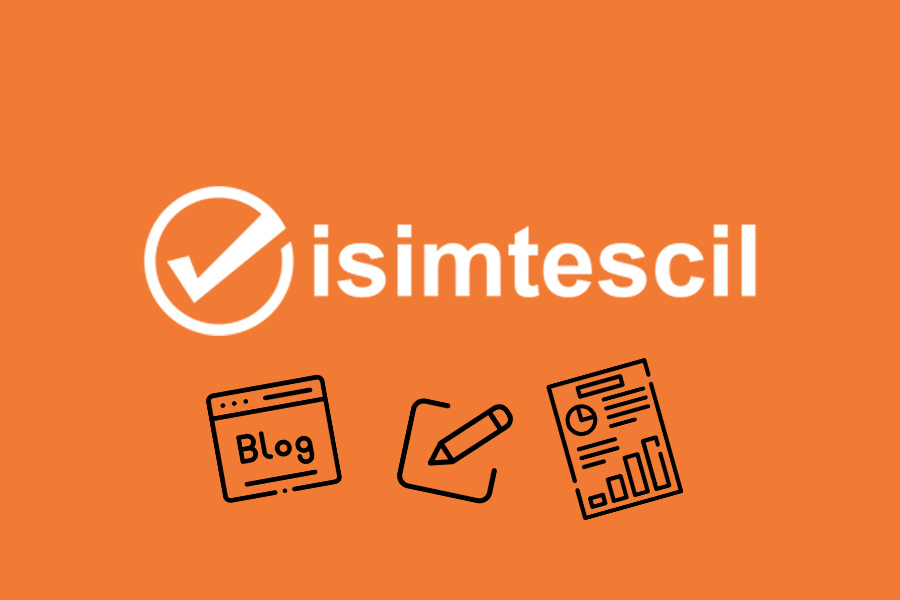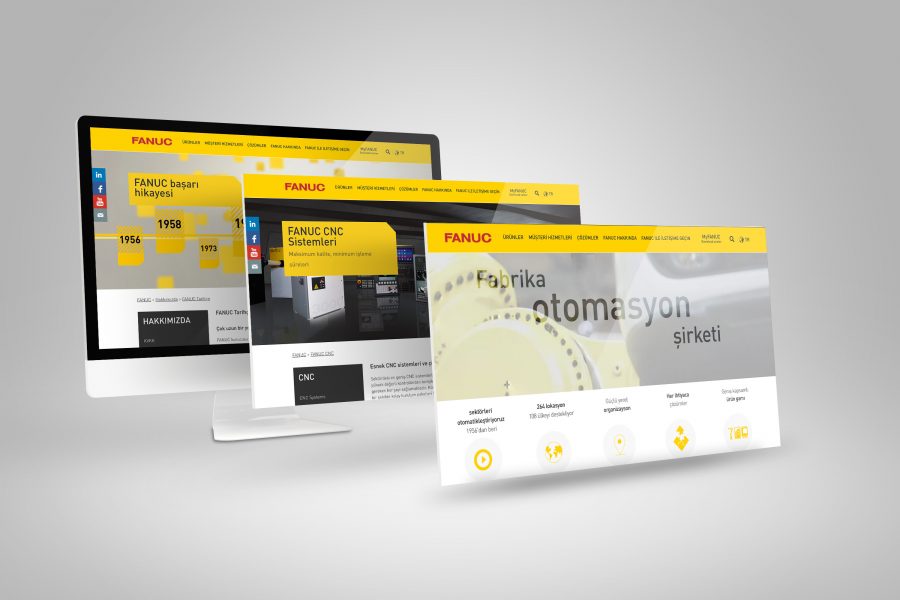
.
HİKAYEMİZ TAM BURADA BAŞLIYOR
ORGANİK İNSAN
NEDEN ORGANİK İNSAN
Bizi ayıran en büyük fark, dijital deneyimlerimiz haricinde son kullanıcı beklentilerini çok iyi bilmemiz. Çünkü biz yaratıcı bir ekibiz!
SEO / ASO NEDİR Kİ BU SEO?
Arama Motoru Optimizasyonu web siteleriniz ve mobil uygulamalarınızın arama sorgularında üst sıralarda yer almasını sağlayan işlemdir.
Fakat bize göre Google ile web siteniz arasında yapılan çöpçatanlık işidir 🙂
DİJİTAL PAZARLAMA
Son yıllarda büyüyen tüm markalar online dünyaya odaklandı. Dijital deneyimlerimiz ve kendine has stratejilerimiz ile ihtiyacınız olan her şeye sahibiz. İlk fırsatta görüşmeye bekleriz!
ORGANİK İŞLER BUNLAR
REFERANSLARIMIZ

Kıvılcımlı Kafalar
Yaşadığınız sorunlara özel çözümler sunan ve iflah olmaz dijital projeleri rehabilite eden acil müdahale ekibi, her zaman hazır!
İş Ortaklıkları
Dostluk her zaman işten önce gelir ancak harika dostluklar da harika projelere gebedir! Kolektif üretimi her zaman destekliyor, dostlarımızın desteğini hissetmekten mutluluk duyuyoruz.
Hayal Ediyoruz
Biliyoruz ki “Görünmeyen, görüneni yaratır.” Bu nedenle her projemizde ilk yaptığımız şey: hayal etmek! Bizimle hayal etmeye ne dersiniz?














